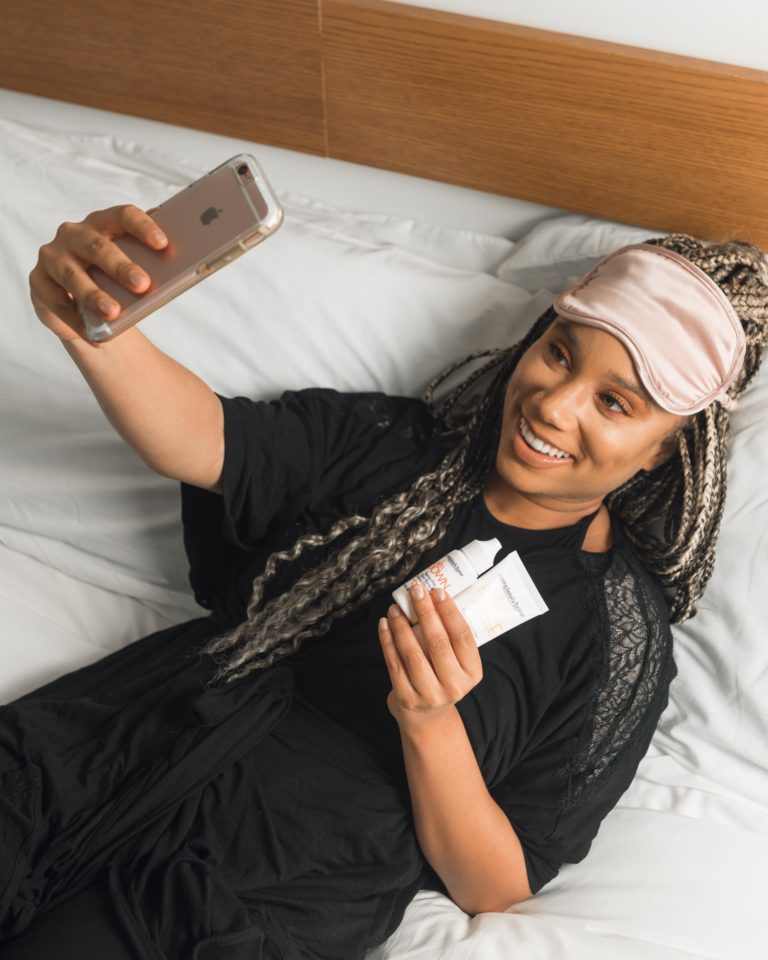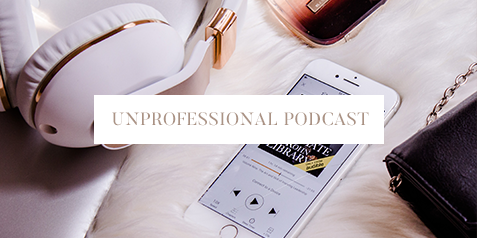The pandemic has reshaped the way we shop, both online and in-stores. It became a catalyst to the dramatic shift from traditional in-person shopping to more contactless and digital shopping experiences. And as we know, a digital experience is still a human experience. Fewer people are visiting physical stores, and those who are sometimes face long lines due to limited capacity guidelines.
With people being advised to stay home, there’s also a change in what products consumers are prioritizing. This is evident in the significant sales increase of self-care products and tech products such as computers and tablets.
Companies are also adapting to these new shopping habits. They are making strides to provide a better online shopping experience. Some retailers are incorporating an augmented real-world feel to online shopping.
The reason the evolution of our shopping habits is significant is because of the impact it will have on our future. Here are four ways shopping experiences have changed due to the pandemic:
Rise in Self-Care Product Sales
For those of us who are working from home or spending more time at home, the pandemic has given us more time for ourselves. Along the way, it has changed and broadened our view of self care.
Due to social distancing, mask-wearing and limits on in-person beauty services, beauty consumers changed their habits. They gravitated towards products that allowed them to imitate the salon experience at home such as home nail sets, DIY hair care/color kits, face masks and other at-home beauty tools. Even though salons have reopened, many people are still opting to take care of their hair and nails at home.
Sales of candles, fragrances, diffusers and scents have also been on the rise. Homebound shoppers are finding comfort in sensory experiences like home scents during the pandemic. According to NPD Group, a marketing research firm, home scent sales increased by 13% from January to September 2020, as opposed to the previous year.
On the other hand, makeup sales in general declined since the pandemic started. Lipstick sales have plummeted since everyone is required to wear a mask, and the makeup products that have done the best are ones that are visible above a mask. Based on the research done by NPD Group Inc., 70% of consumers scaled back their use of makeup in 2020. Despite this, eye makeup sales are doing great, particularly for lash enhancement products.
In addition, beauty consumers are prioritizing skincare products over makeup. Pre-pandemic, skincare was already gaining more attention, but the pandemic has accelerated its growth with people spending more time at home and having more time for self-care. With increased screen time, blue light skincare product sales have grown by 200%.
Cosmetic companies are responding and evolving accordingly. For example, Macy’s and Ulta are offering more moisturizers and bath and body products. To help people destress and have a spa-like experience at home, Walmart teamed up with Unilever to create the “Find Your Happy Place” line. This brand features a variety of sensorial products including shower gels, bath bombs, scents and candles.
Increase in Tech Sales
The pandemic shut down offices and schools around the world, and as a result, millions of people needed tablets, laptops and desktop computers for working from home and remote learning.
The surge in tech sales started in mid-March last year, around the time the US first went into lockdown. It is still on the rise now, in January 2021. NPD Group reported that Windows notebooks and Chromebooks saw a mid-40 percent year-to-year increase in unit sales during the week of May 18. The research firm also reported a 38 percent year-to-year increase in unit sales for TVs, tablets and PCs during the week of April 27.
The personal computer industry did not expect this sales boost in 2020. In fact, it even predicted a decline. Then the COVID-19 pandemic happened, and the industry suddenly experienced some of the fastest-growing sales rates it had in a very long time.
Companies like Apple, Microsoft, Best Buy and more were forced to evolve and adapt with this change. So many of their products became essential as consumers shifted to work and learn from home, and the ability to continue serving customers during the pandemic will stick with those consumers for years to come.
Increase in Online Shopping
More people have opted to do their shopping online, especially during the holidays at the end of last year.
To cater to the safety and desires of customers, businesses have offered different online options. According to the Wall Street Journal, this transition is the reason Cyber Monday 2020 became the biggest online shopping day in US history. Shoppers spent $10.8 billion, a 15% increase from the total sales in 2019.
Consumers continue to adjust their shopping behavior online to avoid crowds. Now that almost everyone is stuck at home, providing great online experiences is not only important, but essential too.
Companies that fail to impress customers with user-friendly and functional online experiences are less likely to expect returning customers. People have too many options online, and for companies to stand out, they need to provide stellar customer experiences online. It’s not just about how good a product is; customers also have to know that companies care for them, especially during difficult times like this.
Augmented Reality
Shopping online offers plenty of benefits, especially during this pandemic. But it cannot replace the human experience of shopping for items you’d want to try out in person before buying. This is where augmented reality comes in.
Retailers are using this technology to provide customers a different way to try on their products. It shows goods as a filter on what customers see on their phones, similar to the filters we use on Instagram and Snapchat. For example, augmented reality technology allows you to try on products such as a pair of sneakers or apply makeup to see how it would look if you were trying on a sample at the store.
Of course, augmented reality cannot match the human experience of actually touching the product, but if you are shopping online this is the next best thing for you to get a better feel for the item you’re shopping for.
While augmented reality is a great option for those who are shopping from the comfort of their homes, it’s not foolproof and there are times when the items flicker on screen. Still, it’s a better option than not trying on the items at all, and it shows that companies are making an effort to emulate a human experience as best they can.
Consumer shopping habits evolved
Consumers changed the way they shop—from the way they are purchasing products to the type of products they’re purchasing. With more people stuck in their homes, online sales have significantly increased. With more “me” time, consumers are prioritizing self-care products. To support work-from-home and remote learning setup, tech sales surged.
Businesses have also changed the way they do business as they put more effort into making the online experience as intuitive and convenient as possible, even introducing augmented reality to make shopping online more like an in-person experience.
The future of the economy is unpredictable, and consumers’ shopping habits will continue to evolve. But what matters is for companies to meet customers where they are, and most importantly, show that they care enough to provide safety and comfort in these unpredictable times.
In love and respect,














